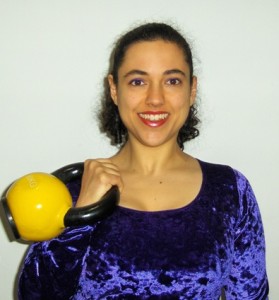February 7, 2016
 By Otis Collier, personal trainer
By Otis Collier, personal trainer
You know the saying milk does a body good? I know I have heard this until the cows come home (no pun intended). You know what? This statement is absolutely true. Milk provides an abundance of nutrients including protein, carbohydrates, fats, vitamins, and minerals. There is only one problem. Adults are not able digests dairy adequately because of the lack of rennin. Rennin is an enzyme that acts on casein, a milk protein, converting it to a substance that resembles sour milk (Marieb & Hoehn, 2007). Rennin also causes the protein to precipitate so it can be acted on by pepsion (Columbu, 1985). Adults lack the quantity of rennin found in the digestive systems of babies and toddlers.
Moreover, many adults lack lactose, which is an enzyme that converts milk sugars into simpler sugars (Kloss, 2009). When unchanged during digestion, lactose can cause gas, constipation, headaches, coated tongue, cramps, and lose bowel movements. That doesnt sound fun to me. How about you??!! If that wasnt enough, diary causes a layer of fat to form beneath the skin and results in a loss of definition (thats lean and tone folks). No wonder Arnold Schwarzenegger said milk is for babies. Its because adults have major allergic reaction to dairy. Now I know this doesnt hold true for every single adult population do not take well to dairy. You can ingest appropriately, by all means go for it. As for the rest of the adult population, another alterative is warranted.
I suggest nut milks, such as almonds or cashew. I personally do not suggest soy due to the uncertainty of the soy quality within the United States. So please do your research prior to making your nutritional decisions. Diary has been promoted as a great overall nutritional source and that is accurate for babies and toddlers, not adults. I guess cows will have a lot more time on their hands, lets hope anyway!!!
Reference
Marieb, E.N., & Hoehn, K. (2007). Human anatomy & physiology (7th). Pearson Benjamin Cummings: San Francisco.
Kloss, J. (2009). Back to eden. Revised & Expanded 2nd. Lotus press: Wisconsin.
Columbu, F. (1985). The bodybuildings nutrition book. Contemporary Books: Illinois.


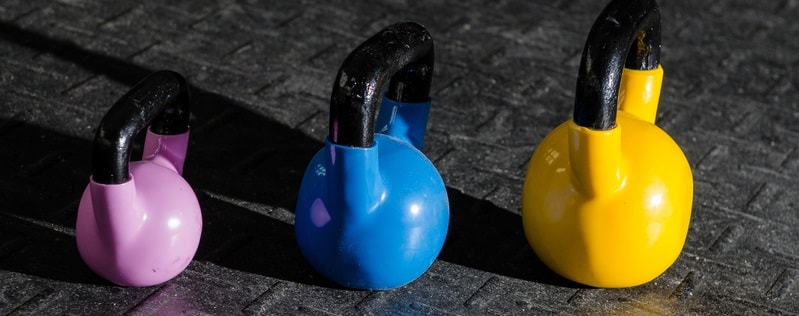


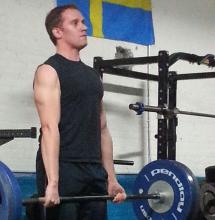 Subway Workout: Shin Raises
Subway Workout: Shin Raises 
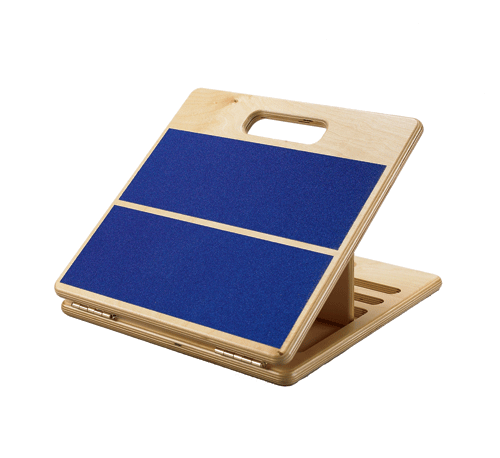 Use a “Slant Board.” This is a wood wedge with a nonstick coating. It lets you stretch one leg at a time (perfect for people with injuries or imbalances) or stretch both legs simultaneously (great if you are pressed for time). A slant board is also a good option for someone with poor balance who feels unsteady using other calf stretch gadgets, or someone who gets vertigo leaning over / being upside down in positions like downward dog.
Use a “Slant Board.” This is a wood wedge with a nonstick coating. It lets you stretch one leg at a time (perfect for people with injuries or imbalances) or stretch both legs simultaneously (great if you are pressed for time). A slant board is also a good option for someone with poor balance who feels unsteady using other calf stretch gadgets, or someone who gets vertigo leaning over / being upside down in positions like downward dog.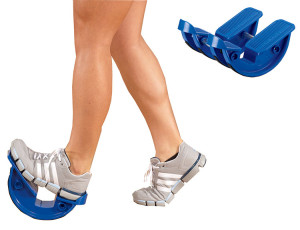 Try a “Pro Stretch.” This durable plastic gizmo found at many gyms lets you stretch one leg at a time, which is very helpful for people who’ve had foot or ankle injuries. Less expensive than a slant board, it’s also a great option for runners, dancers, cyclists, or anyone who puts a lot of strain on their calves.
Try a “Pro Stretch.” This durable plastic gizmo found at many gyms lets you stretch one leg at a time, which is very helpful for people who’ve had foot or ankle injuries. Less expensive than a slant board, it’s also a great option for runners, dancers, cyclists, or anyone who puts a lot of strain on their calves.
 We already know the benefits of drinking water and how important it is to our body. We also know how annoying it is to ingest 2-4 liters a day. Here’s the trick. Buy a liter jug from your local drug store so you can accurately guage your intake. Consume a liter at each meal and stop two hours before going to bed to avoid middle of the night bathroom breaks. After a few weeks it becomes second nature!
We already know the benefits of drinking water and how important it is to our body. We also know how annoying it is to ingest 2-4 liters a day. Here’s the trick. Buy a liter jug from your local drug store so you can accurately guage your intake. Consume a liter at each meal and stop two hours before going to bed to avoid middle of the night bathroom breaks. After a few weeks it becomes second nature!
